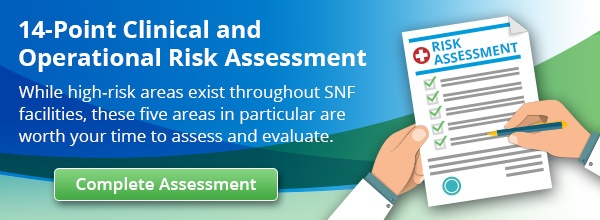- Solutions
- Accounting
- Additional Documentation Requests (ADRs) Management & Support
- Clinical Consulting
- EHR Implementation & Optimization
- Medicaid Eligibility
- Outsourced Contract Controller Services
- Outsourced Revenue Cycle Management
- PointClickCare® Consulting
- QAPI Consulting
- Resident Trust Fund Management & Advisory Services
- Revenue Cycle and Reimbursement Consulting
- Who We Serve
- Resources
- Careers
- About Us
- Contact

.jpg?width=300&name=TIPS%20ON%20CHOOSING%20DIAGNOSES%20FOR%20THE%20LTPAC%20RESIDENT%20STAY%20(ID%20136985).jpg) Trepidation, fear and confusion have all been experienced by minimum data set (MDS) coordinators and staff alike at various long-term post-acute care (LTPAC) facilities regarding selecting and/or having to code diagnosis for residents—especially upon admission. Some common questions include: “What do I choose?” “How do I know if it is the correct primary or admitting diagnosis?” “I’m not a coder—how do I know what diagnosis to choose?”
Trepidation, fear and confusion have all been experienced by minimum data set (MDS) coordinators and staff alike at various long-term post-acute care (LTPAC) facilities regarding selecting and/or having to code diagnosis for residents—especially upon admission. Some common questions include: “What do I choose?” “How do I know if it is the correct primary or admitting diagnosis?” “I’m not a coder—how do I know what diagnosis to choose?”
